Strategy, Method and Execution First.
Every success starts first from an idea, a strategy to implement it, a method and only then comes the technology. Successful innovation is a process where technology arrives at the end, not before.
Ensures alignment with long-term goals and vision.
Promotes systematic, structured approach to challenges.
Facilitates efficient resource allocation and prioritization.
Enhances adaptability and responsiveness to change.


Digital Think Tank.
Embrace Digital Thinking: Transform traditional workflows into agile and adaptive processes with cutting-edge digital technologies. This approach redefines system thinking, fostering innovation from the outset. Our module blends Design Thinking with Digital Innovation, equipping you and your team to thrive in the digital era. Engage every department and stakeholder fully, learning by doing with your team to turn ideas into reality.
Drives innovation through collaborative and creative problem-solving.
Enables rapid adaptation to market changes and technological advancements.
Fosters a culture of continuous learning and improvement.
Enhances cross-functional collaboration and stakeholder engagement.
Co Design Thinking.
Design Thinking is a user-centered approach that solves complex problems by prioritizing the needs of the end-user. It’s a methodical process that goes through five key phases:
Empathize: Understand the experiences and motivations of the users through observation and engagement.
Define: Clearly articulate the problem you’re aiming to solve, based on the insights gathered during the empathy phase.
Ideate: Generate a wide array of creative solutions to the defined problem, encouraging out-of-the-box thinking.
Prototype: Develop tangible representations or models of selected ideas to explore their potential.
Test: Evaluate prototypes through user feedback, refining the solution until it meets the users’ needs effectively.
The advantages of Design Thinking are profound, primarily revolving around the comprehensive involvement of stakeholders. This inclusive approach ensures that knowledge is shared openly, fostering a sense of joint ownership over the project. Such collaboration not only enhances the creativity and relevance of the solutions but also significantly boosts the likelihood of their successful adoption. By integrating diverse perspectives from the outset, Design Thinking leads to solutions that are not only innovative but also deeply aligned with the actual needs and contexts of the users. This shared creation process ensures that the technological solutions adopted are genuinely embraced, leading to more sustainable and impactful outcomes.

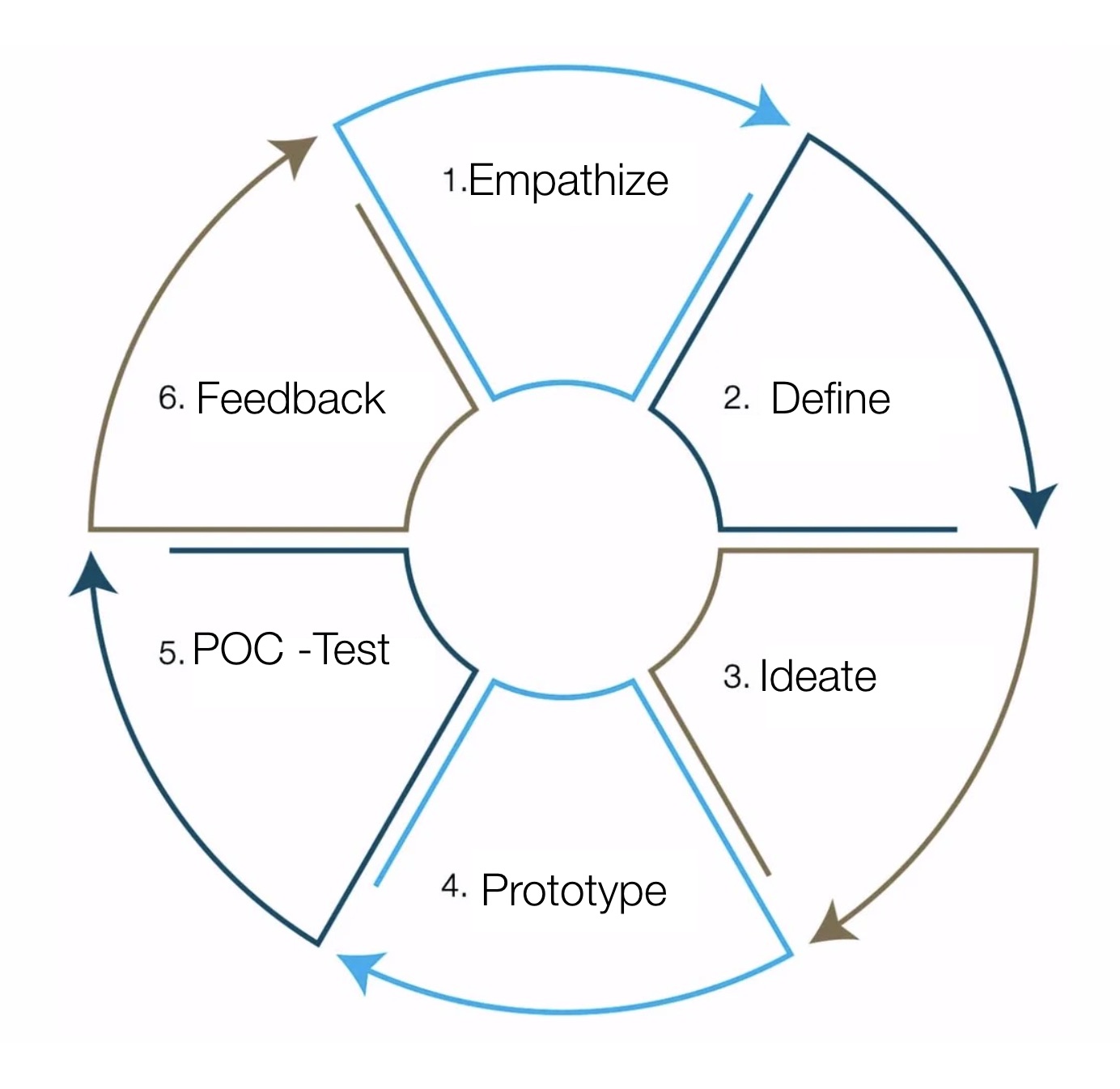
Trusted by the world’s fastest growing companies:





















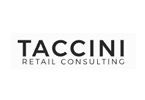






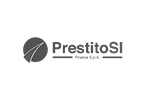
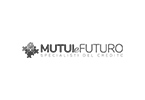


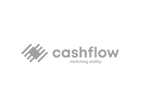



From ‘AS IS’ to ‘TO BE’
A good method defines a clear roadmap, guiding every action towards the final goal.
As Is
Top-down decisions imposed by management without significant input from other levels or departments.
Knowledge managed in silos, with limited exchange between client and supplier.
Solutions imposed from above often meet resistance to adoption.
Slow response to market changes due to organizational rigidity.
Limited innovation, with solution development based on internal insights.
Sequential processes that slow down development and implementation.
Poor stakeholder involvement throughout the process.
Feedback collected only in final stages, limiting improvement opportunities.
Problem-solving based on assumptions rather than real data.
Work approach segmented, with poor integration between departments.
To Be
Bottom-up approaches that value ideas from all levels of the organization with improved decision-sharing.
Open knowledge sharing, promoting mutual learning between client and supplier.
Co-design fostering solution adoption due to shared project ownership.
Agility and flexibility in responding to changes through adaptive processes.
Innovation driven by collaboration and co-design, incorporating external feedback.
Iterative development cycles that accelerate innovation and adaptation.
Active stakeholder engagement from the early stages of the project.
Continuous feedback informing the development process, improving the product.
Decisions based on real data and feedback, for more effective solutions.
Integrated work across departments, breaking down organizational silos
Get a Free Consultation.
Office
MartechRevolution SL
Calle Pérez Galdós 32
35002 Las Palmas De Gran Canaria (LP)
Contact
info@martechrevolution.com
Open Hours
Commercial Office: 9.00 – 18.00

